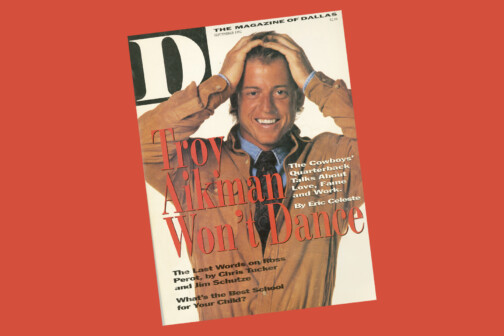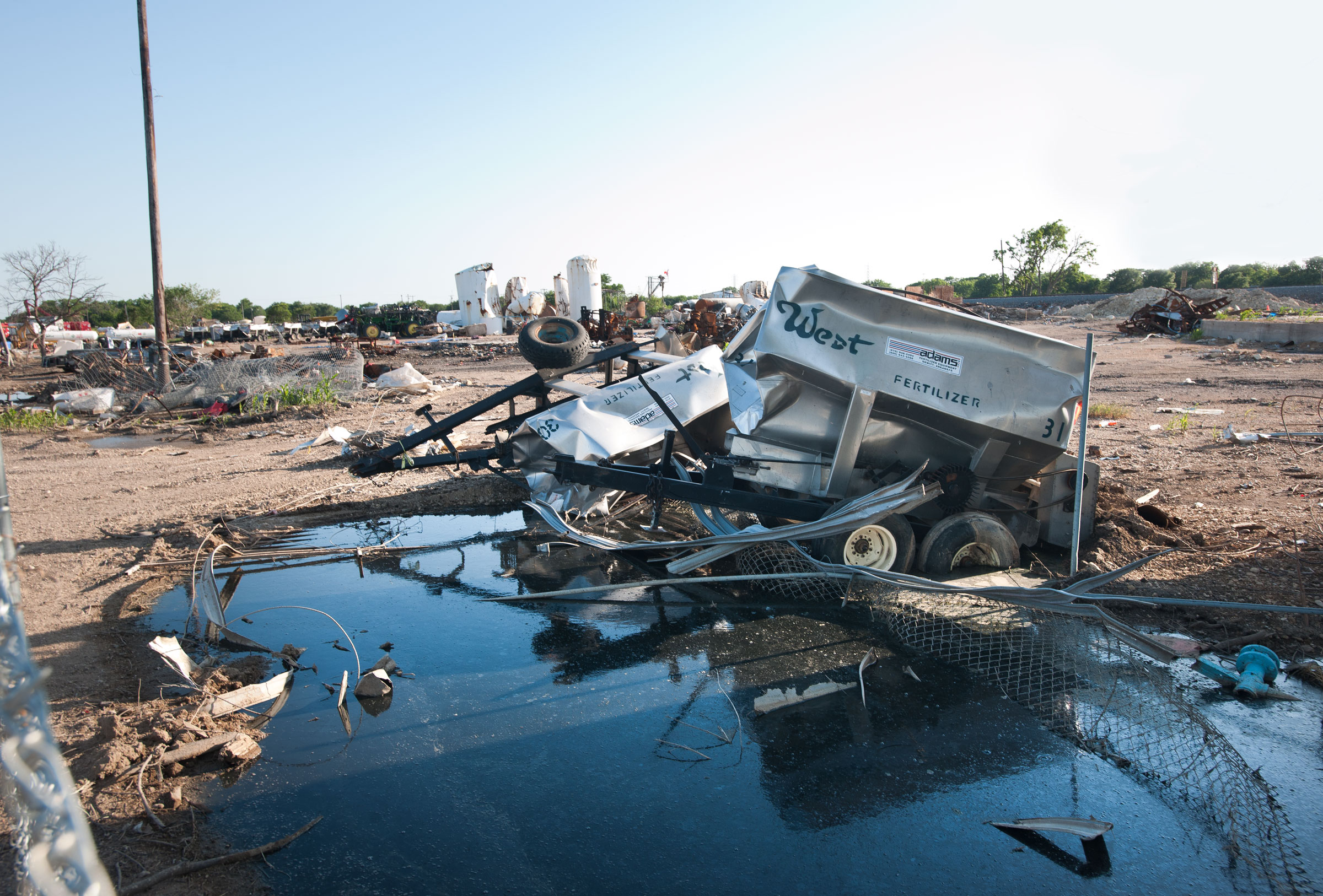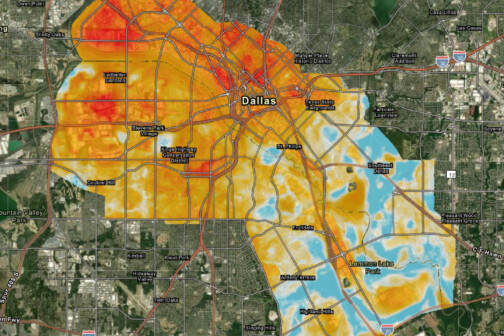More Grumbling Over City Manager Payout. Mayor Eric Johnson doesn’t like that City Manager T.C. Broadnax is getting a year’s salary, $423,246, as he heads to Austin to be their city manager. Johnson wants state lawmakers to ban such payouts. But City Councilmember Adam Bazaldua said the mayor has a “whining tone,” and Councilmember Jaime Resendez said part of the reason Broadnax is leaving is the mayor’s “consistent dishonesty and self-serving agenda.” So it seems like everything is going fine.
Inwood Tavern Gets Pub Thanks to Scheffler. I think we are the last outlet in town to mention that the night Scottie Scheffler won the Masters, he flew back to Dallas and went to the Inwood Tavern. This photo on the bar’s Instagram has been everywhere. Good for the bar. And good for Ryan, who wrote “pee pee poo poo” on the wall behind Scheffler.
Andy Reid Comments on Rashee Rice Hit-and-Run. But he didn’t really say anything. The Chiefs head coach said, “As far as Rashee Rice goes, his situation, I’m leaving that, like we’ve done with most of these, for the law enforcement part of it to take place and then we’ll go from there with that.”
Giraffe Born at Dallas Zoo. The birth happened April 1, but the Zoo officially announced the news yesterday. The baby boy doesn’t have a name yet. My suggestion: T.C. Broadnax.















